CyberDefenders Blog
Dive into the world of cybersecurity with CyberDefenders Blogs. Explore informative articles, insights, and expert perspectives on the latest trends, best practices, and cutting-edge technologies in the field. Stay updated, enhance your knowledge, and empower yourself to defend against cyber threats.

Essential Skills Every SOC Analyst Needs in 2026
Essential Skills Every SOC Analyst Needs in 2026 In today's digital age, the role of a Security Operations Center (SOC) analyst is more critical than ever. With cyber threats evolving rapidl...
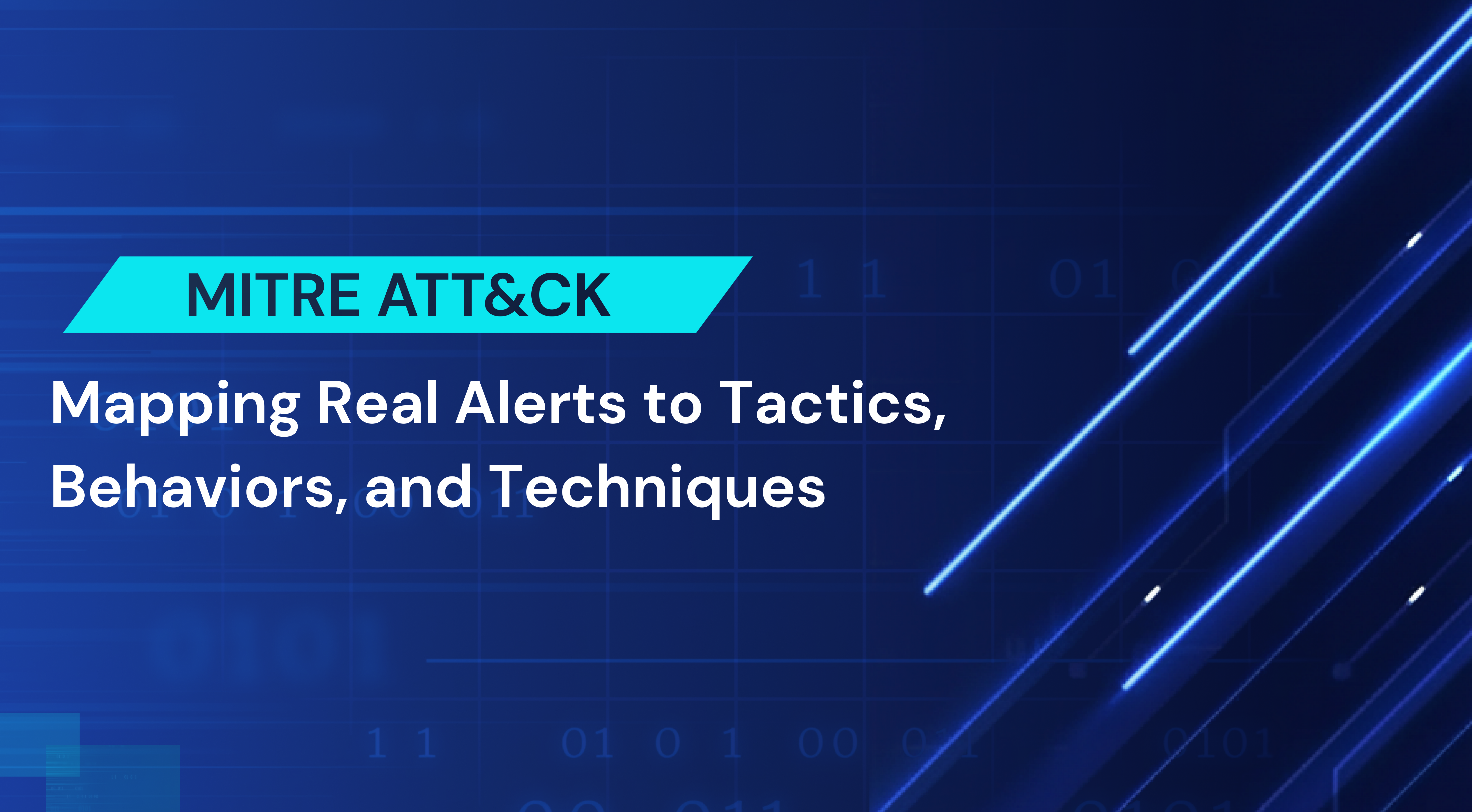
MITRE ATT&CK: Mapping Real Alerts to Tactics, Techniques, and Behaviors.
MITRE ATT&CK: Mapping Real Alerts to Tactics, Techniques, and Behaviors. As the security environment expands, attackers' behavior becomes more complex and more ch...

The Ultimate Guide to Starting Your Career as a SOC Analyst
The Ultimate Guide to Starting Your Career as a SOC Analyst The world of cybersecurity is dynamic, challenging, and always evolving. At the center of this field is the Security Operations Center...
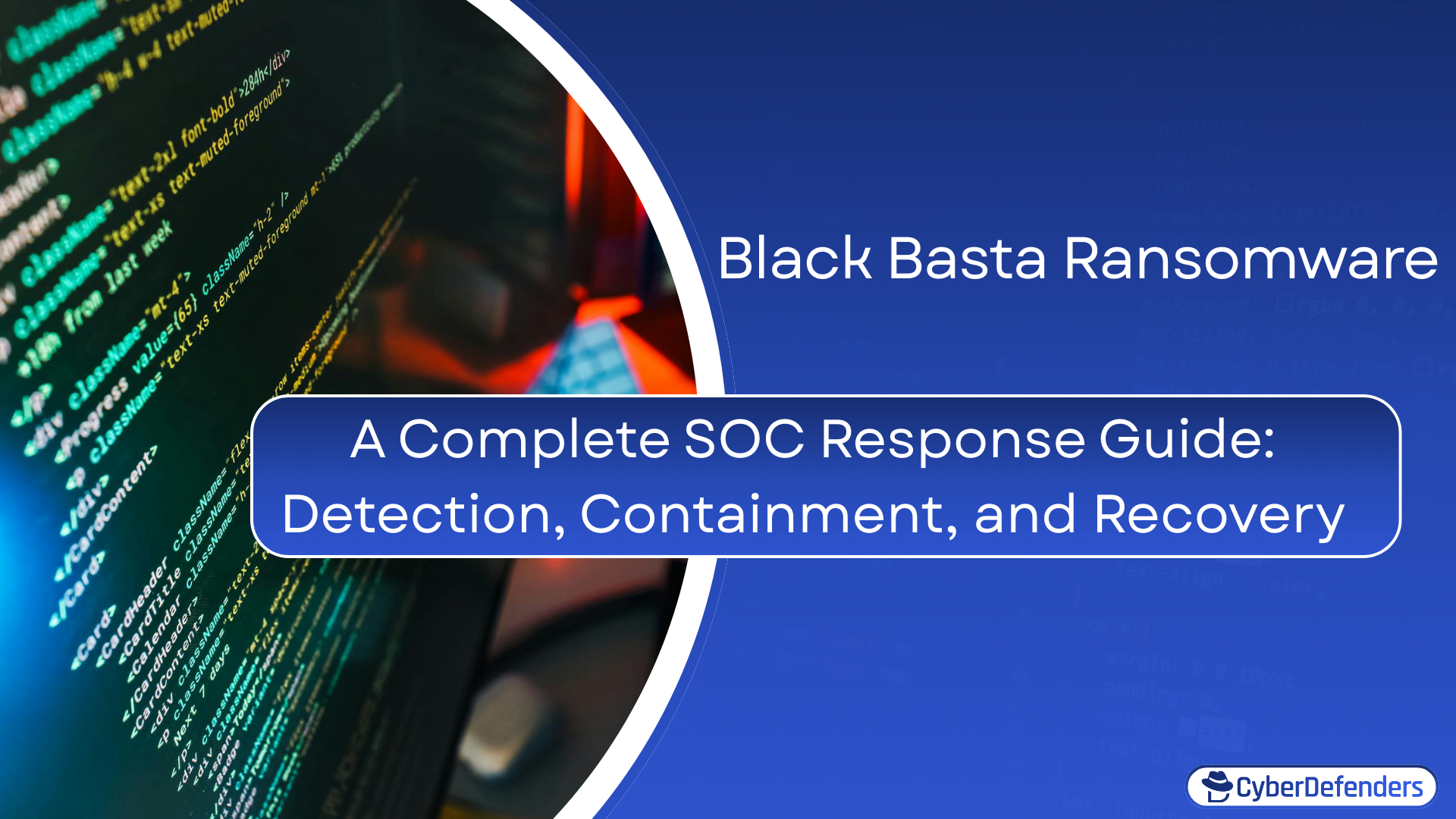
A Complete SOC Response Guide: Black Basta Ransomware
Black Basta Ransomware A Complete SOC Response Guide: Detection, Containment, and Recovery Black Basta is a sophisticated ransomware-as-a-service (RaaS) operation that emerged in April 2022 a...
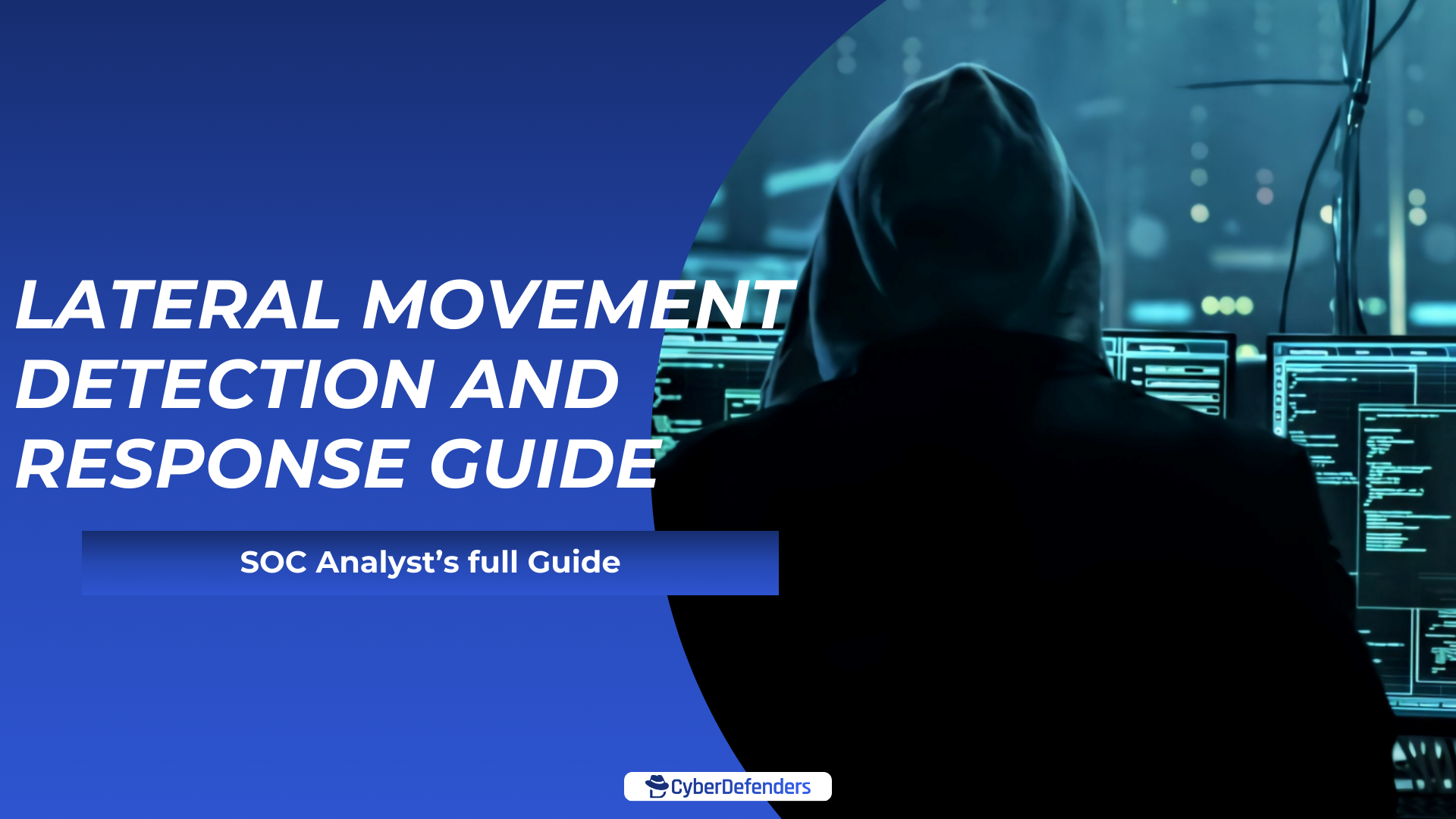
SOC Playbook: Lateral Movement Detection and Response Guide
In modern networks, attackers never stop at acquiring initial access. Once a foothold is gained, the action begins: lateral movement, the phase where adversaries pivot across systems, esc...
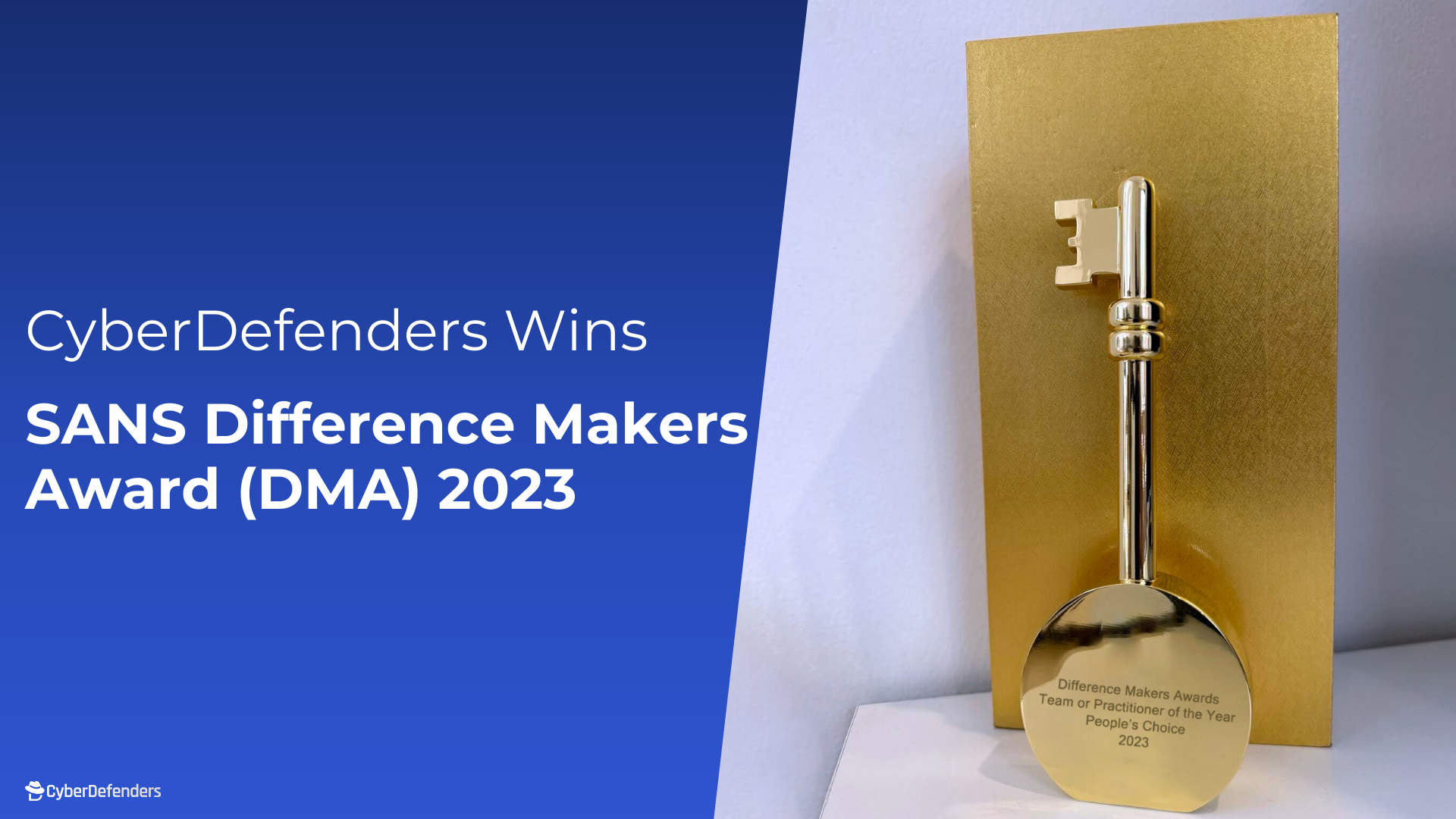
CyberDefenders Wins Prestigious SANS Difference Makers Award 2023 – Team of the Year!
We are beyond excited to announce a monumental achievement for CyberDefenders! Our team has been honored with the prestigious "SANS Difference Makers Award (DMA) 2023" in cybersecurity by the SANS ...

DFIR Training: Full Guide To Learn Digital Forensics And Incident Response
Starting your journey in cybersecurity can often feel overwhelming. With a plethora of paths to explore, figuring out where to place your focus is a common challenge many newcomers to the field fac...

What is a Cyber Range?
Glancing into the 2024 Cisco Cybersecurity Readiness Index reveals the need for hands-on cybersecurity training through solutions like cyber ranges. Firstly, only 3% of organizat...
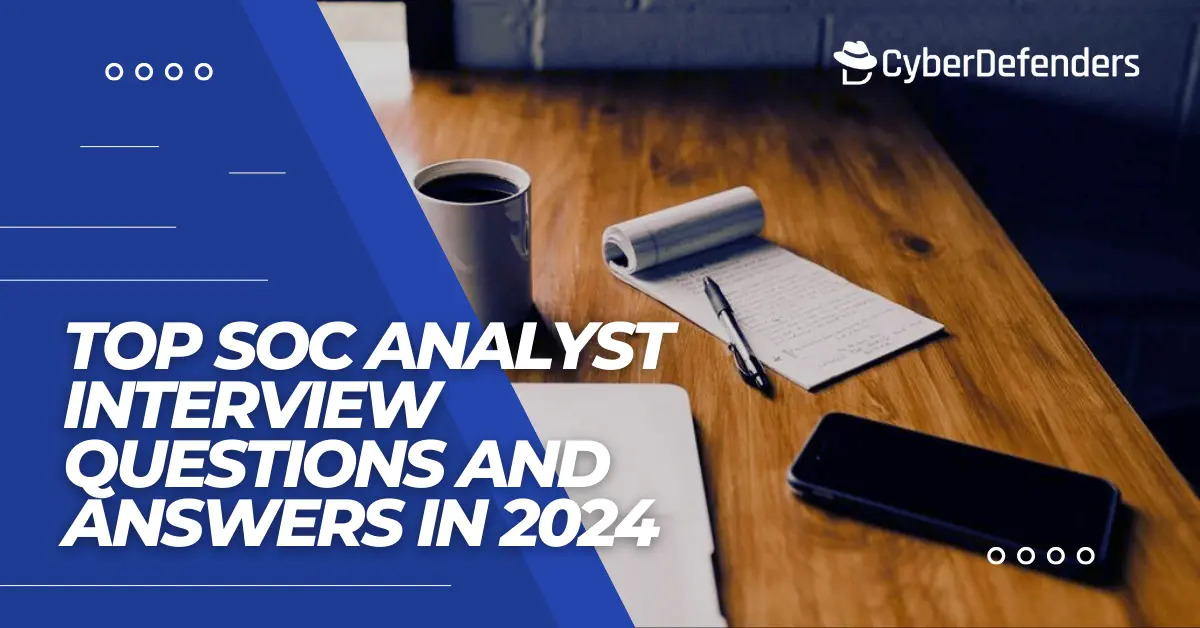
Top SOC Analyst interview questions and answers in 2024
find references to support your answers, aiding in your preparation. This format is designed to help you concentrate on the essentials for your SOC analyst interview. Explore each category, lever...

Blue Team vs. Red Team: Everything you need to know
You'd be mistaken if you thought cyber security is just about hacking into organizations; it's also about actively testing for vulnerabilities and strengthening an organization's defenses. This is ...
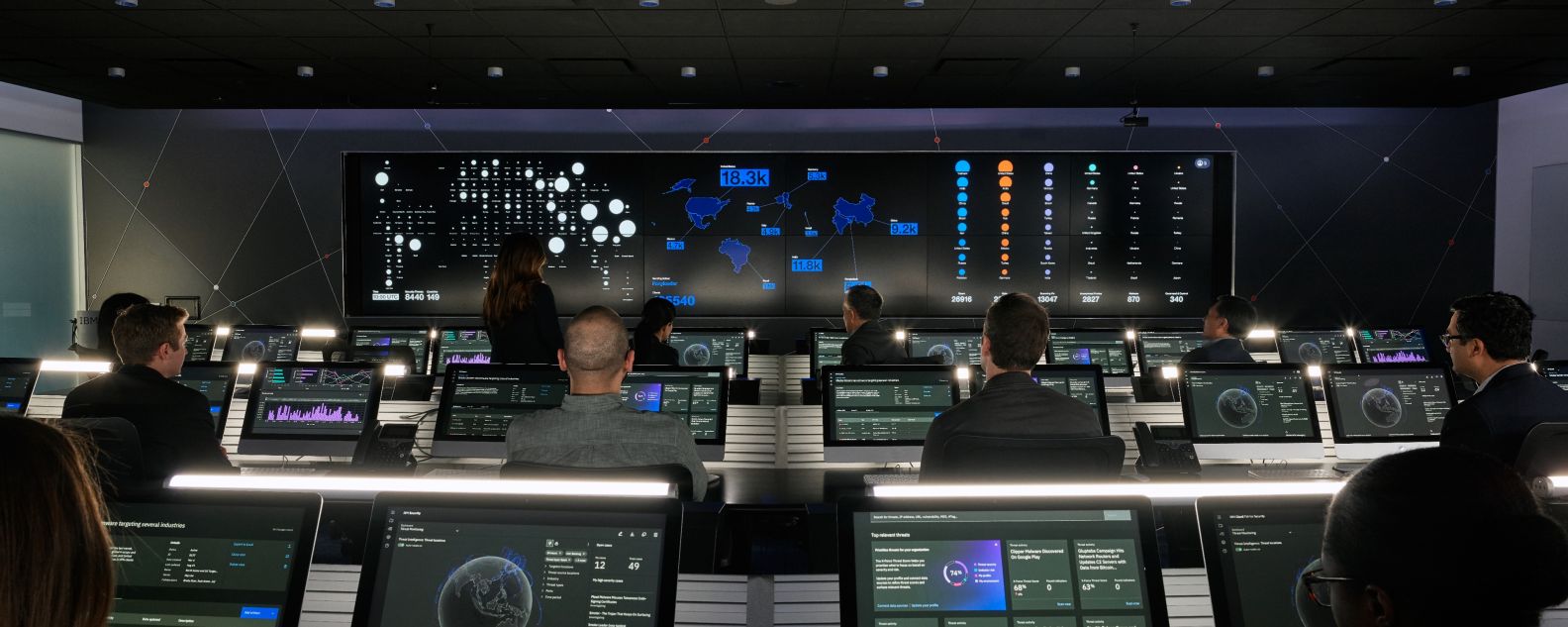
Best SOC Analyst Training and Certifications
Last updated: April 17, 2024 As demand for SOC Analyst positions increases, differentiating yourself through high-quality SOC Analyst training and certifications has never been more vital for ...